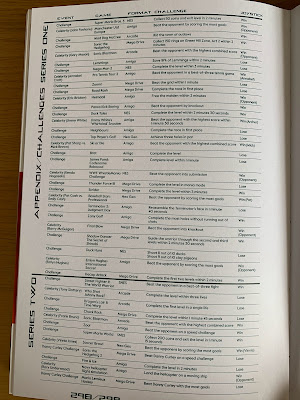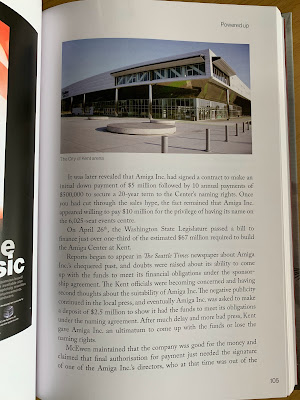It's hard to imagine now (or indeed remember), but there was a time where news, reviews and commentary on video games were not instantly available. Leaving aside the benefits and pitfalls of the capability to have instant information 24 hours a day (Cthulhu, that makes me sound old), let us journey back to the early 1990's and a time when, if you wanted to learn about the latest in videogames, magazines were your lot. Until television got involved.
GamesMaster was the quintessential television programme about videogames. Over the course of seven series, it informed, educated and entertained viewers, as well as providing its own share of drama too. Beat that, Lord Reith! There were other shows: ITV's Bad Influence was one that I remember watching, and although it took a different approach to GM, there was more than enough room for both to exist. Much like the excellent Bits, which Channel 4 broadcast around the turn of the century (never has a turn of phrase aged so many so quickly), GamesMaster never took the audience for fools (and unlike Bad Influence, it wasn't limited by its time slot - 6.30pm was very much not seen as children's TV time despite being quite early in the evening), and was all the better for it. But what was the story behind it? Dominik Diamond and Jack Templeton will tell you.
As an oral history, this tome has a wonderful collection of contributions, from production staff to hosts to contestants, all wrapped up in a framework that takes the reader series by series (and, it has to be said, the 1990's), with added commentary and content from Dominik himself. In the wrong hands, this could have been a disaster, as ego and fading memories could combine to rake over the coals, but here there is an over-riding sense of fairness, that each voice and point of view is heard, leaving the reader to make their own mind up about contentious events during the show's long run.
It's a funny tale, and very much destroys/enhances (depending on your point of view) the sheen of what you might have remembered watching on the TV, but therein lies the draw. You get the warts and all details from the key players, and this book comprehensively demonstrates the concept of the past being a different country. Having said that, as someone who worked in mobile phone retail in the early to mid-noughties, there are some distinct... similarities to the work hard/play hard attitude evidenced here. More than once whilst reading the book, I asked myself "how did they get away with that?" before realising that, yes, it was the '90's. Much like there is a slowly greying generation out there who are probably wistfully saying "Ah, but it was the 00's."
Anyway, I digress.
There are plenty of photographs, including many from behind the scenes, adding proof, if proof were needed, of some of the more "WTF" stories - looking at you, Bill Gates' car! And as for seeing what they put Dominik through at times, it's amazing he managed to walk away at all at the end.
The back of the book has a couple of cool appendices - a list of all of the challenges (who competed, what they had to do and whether they did it or not), every review score (starting at Sensible Soccer at 97%, all the way down to Garfield Labyrinth at 28%), and finally a rather tongue in cheek Consolation Zone.
I was always a fan of GamesMaster, even that difficult third series with Dexter. This volume is an excellent memoir for those who spent their early evenings watching a Scottish bloke fit in as many risqué gags as possible into a pre-watershed show. Oh, and also talk about games. An honest and frank account about the first truly great video games TV show, GamesMaster: The Oral History is worth your time and money, as well as being a snapshot of a decade long gone.
You can pick up a copy of GamesMaster: The Oral History directly from the publisher here, as well as the usual online and physical book stores.























